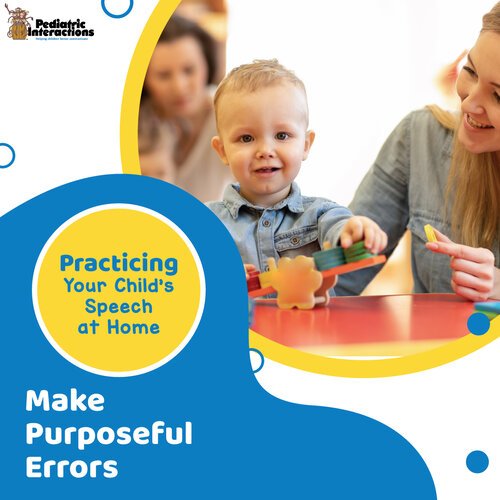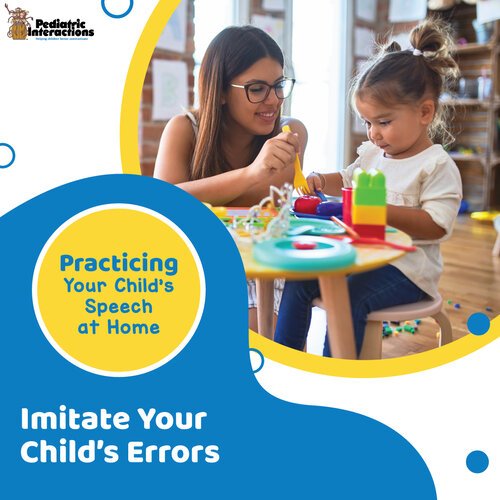8 Ways to Carry-Over / Practicing Your Child’s Speech at Home
As we quickly approach the summer months, we understand the struggle some families may face with finding ways to keep their children busy and entertained. The summer months also call for a lot of free time for your children. Use this extra time with them to understand and implement carry-over strategies to ensure continuous progress for your child’s speech and language goals.
What is carry-over and why is it so important? Carry-over refers to a child’s and/or family’s ability to practice and implement the skills and strategies they are taught during speech therapy sessions, into their outside environments such as school, home and with peers. Once a child is taught a skill in the therapy setting, they must then be taught how to implement these skills elsewhere. Carry-over of a child’s skills is critical because it tells us that a child understands the skills they are learning and that they are able to transfer them within their everyday life.
What are some ways to improve the carry-over of a child’s learned skills? Teach your child “self-awareness” or how to monitor his or her own communication skills. Whether we are working towards improving speech-sound skills or improving the ability to sequence a story, a child must develop some level of self-awareness of their own errors in communication before they are expected to independently change these behaviors.
Ways to carry-over / practice your child’s speech at home and teach your child self-awareness:
Take a Video and Watch it Back With Your Child: One step to building a child’s self-awareness is by recording them speak. Later, have the child identify their own errors within their communication.
Make Purposeful Errors: Engage the self-awareness process by having an adult or communication partner make purposeful errors to their communication skills (say the wrong sound or word). Later, encourage the child to identify those errors.
Praise Your Child for Using Skills Correctly: Encourage families to intermittently implement positive reinforcements to their children whenever they correctly perform a learned behavior or skill outside of the therapy room. It is important to note that providing positive reinforcers every single time a child succeeds in a skill may result in the child to depend on or expect a reward every time.
Have a Goal and Keep Track of Performance: Sometimes it is easier for children to use carry-over strategies when they are able to visualize an “end” to their treatment timeline. Encourage the child to be involved in the therapy process by allowing them to view their performance and progress that they have made over time as this provides them with a natural, positive reinforcement.
Find the “Tricky” Words to Practice: While targeting speech-sound goals, list out the words the child has the most difficulty with so that they are able to increase their awareness of these words (specifically used for speech-sound skills.)
Imitate Your Child’s Errors: After a child makes an error, a powerful method to stimulate self-awareness is by having the communication partner imitate that error immediately after. See if your child corrects you and if not, you can point out the error and model the correct response.
Make Exaggerated Errors: Encourage the child to exaggerate their errors as this also engages the carry-over process through building self-awareness.
Involve the Whole Family: Families are key at home and within outside environments in practicing carry-over by targeting a child’s speech and language goals. Parents can take on the role of prioritizing and teaching their children the importance of implementing learned skills into outside environments. Siblings also love to get involved. It is also important to provide the child with a “safe environment” by ensuring the child understands that it is OK to make mistakes when practicing these skills outside of the therapy setting.
Written by Carolyn Radecki, MS, CFY-SLP/L
All month long, we’ll be sharing resources on our FaceBook and Pinterest Pages.








